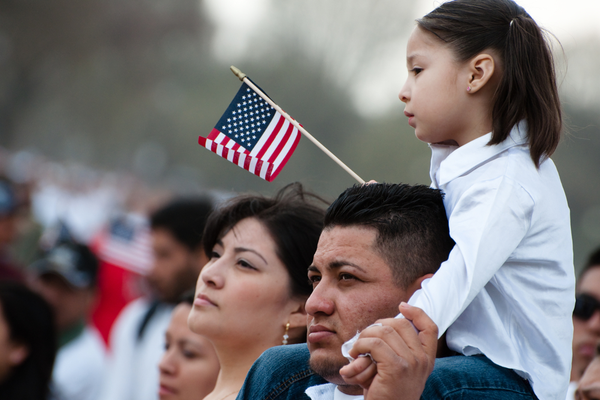Dec 16, 2020
As the sun sets on each Election Day, people turn to exit polls to understand what happened and why. After the 2020 presidential election, exit polls suggested that outgoing President Donald Trump performed better among Hispanic/Latinx voters, earning reactions from pundits and former presidents alike. Some have suggested this is due to splits among Hispanic Catholics and Hispanic Protestants, but polls alone may not tell the full story.
Read the Full Article

Already a subscriber? Login
